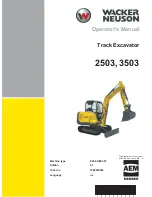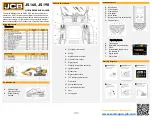
5
HYDROFIT
™
Owner’s Information Manual
WARNING: The use and ownership of this work is defined in the legend upon the front page hereof.
Otis converted to military production during World War I, World War II, and the
Korean War.
It manufactured crank cases for fighter planes, anti-aircraft guns,
ammunition hoists, gun recoil mechanisms, depth charge throwers, and airplane
elevators for aircraft carriers.
The wars disrupted the normal production, but they also
changed Otis’ business. Automatic elevators have been
sold to homeowners since the 1890s, while most public
buildings used elevator operators to run elevators well
into the 1940s. But labor shortages during World War II
brought the need for automated public elevators to the
forefront. So, in 1950 the first group of Otis automatic
elevators was installed in Texas.
1921: Preventive
Maintenance
1969: Electric Cart
Following the Korean War, Otis continued to
diversify its product line, producing military
electronics, material handling equipment,
and automatic bowling pinsetters. One of its
more
unique
operations
was
the
manufacture of electric buses, vans, and
golf carts.
1969: Electric Golf Cart
By the late 1960s and early 1970s, Otis
officials chose to concentrate on the core
elevator
and
escalator
business
and
divested the company’s other holdings.
United Technologies purchased the Otis Elevator Company in 1975. Otis became a
wholly owned subsidiary in 1976.
One of the most significant developments in elevator technology was the use of
computer chips to make elevator control decisions.
Prior to this development,
elevators relied on large collections of relays and switches.
These relay-based
systems required a lot more maintenance and occupied significant space.




























